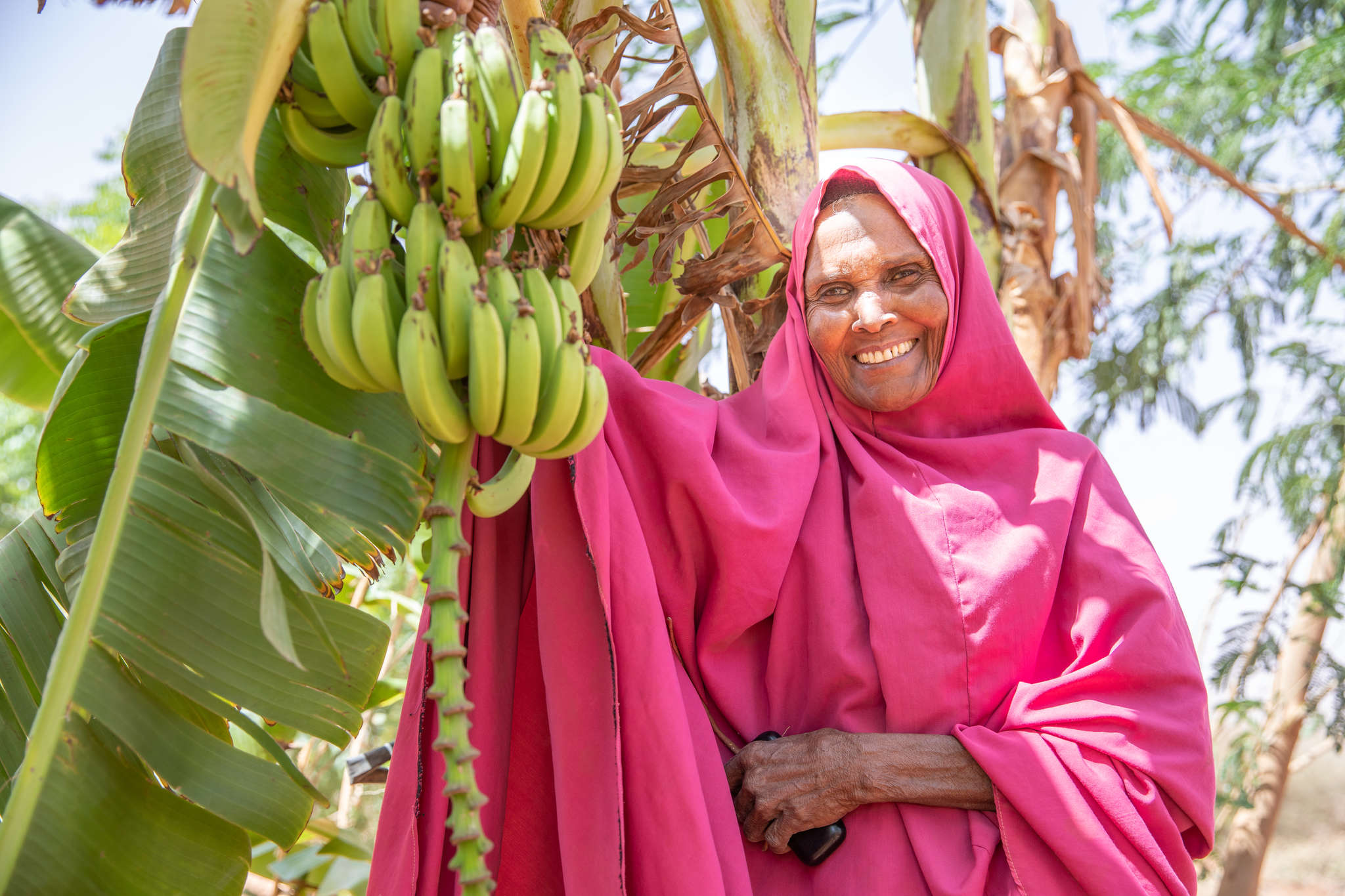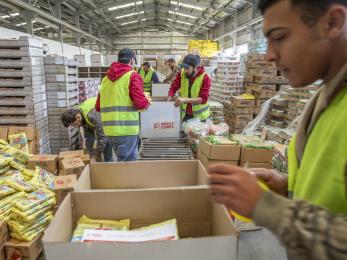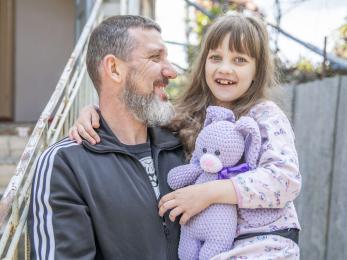One year after Hurricane Matthew, seeds of hope return

As another record-breaking hurricane season ravages coastal areas, residents of Haiti are reminded of their own challenges — and the recovery that’s followed — one year after Hurricane Matthew devastated the island nation.
“The hurricane took all we have,” says Neyis, 51, a farmer and mother of six. Neyis lives in Ilè, a small town of about 375 people that saw widespread destruction when Matthew hit.
In just one day, her livestock were killed and her crops were depleted, destroying her livelihood.
“The hurricane battered Ilè badly. Some houses were destroyed, some crops were completely lost,” she says. “There were many mudslides. Some trees were knocked down and crushed everything in the ravine.”
Support in the wake of the storm
Haiti is the poorest country in the northern hemisphere, with about 25 percent of the total population living in extreme poverty. It is fragile and vulnerable due to weak infrastructure, poor governance and ongoing natural disasters.
Hurricane Matthew was a devastating blow, forcing more than 175,000 people from their homes and leaving 750,000 people in need of humanitarian assistance. In the months following the storm, Mercy Corps, with the help of generous donors, provided urgent supplies like shelter kits and cash, which enabled people to purchase what they needed most while also infusing cash into local economies.
In addition to meeting needs like food, shelter and water, our team worked quickly to help people recover their sources of income.
A year later, Neyis is growing a variety of crops, from cabbage to cassava, once more. Mercy Corps helped Neyis and more than 3,500 farmers like her by supplying them with seeds as well as an agricultural loan to help them rebuild their farms.
We provided another 1,500 farmers with saplings to replant lost coffee, cacao, and fruit trees. Whatever seeds the farmers don’t use can be sold to continue providing training and credit to the farmers so they can become self-sufficient. Since 2010, we’ve worked with farmers to rehabilitate degraded land, maintain fertile soil, and diversify their gardens to increase profits and build food security.
A strong foundation for the future
Late October and November are the most important harvest months in Haiti, and Neyis still awaits the outcome of this year’s plantings. More than half the population depends on agriculture for their income. Any damage to farms or livestock, from weather events like flooding or another hurricane, could make the difference of eating or not for the next few months.
From 2010 to 2015, Mercy Corps worked with communities on disaster preparedness, including early warning systems and simulation exercises with local emergency response committees. With two more months of hurricane season remaining, Mercy Corps stands ready to respond in the event of another hurricane striking Haiti.
How you can help
In the past twenty years, Mercy Corps has responded quickly to help communities rebuild after disasters, from earthquakes to hurricanes, from Nepal to Horn of Africa.
To support our work around the world and help us respond quickly and effectively to any disaster that strikes, donate to our Humanitarian Response Fund today.


